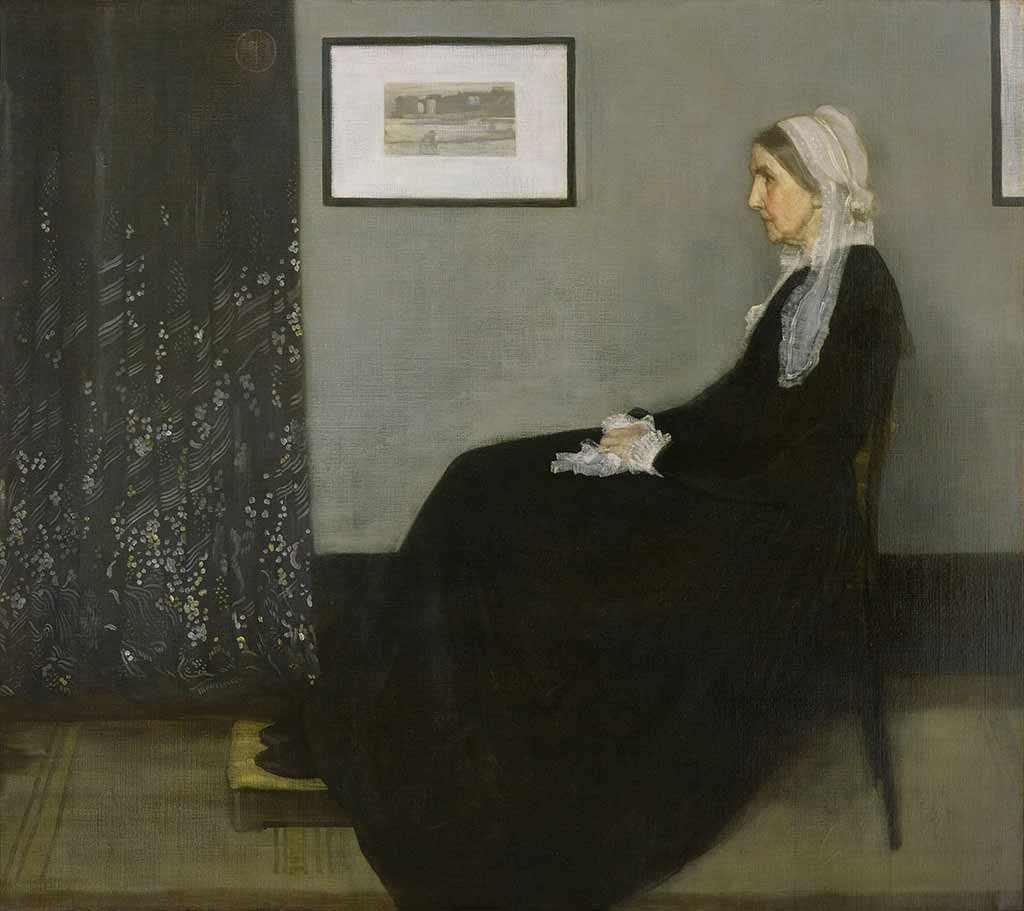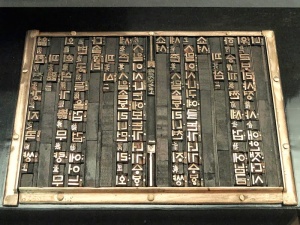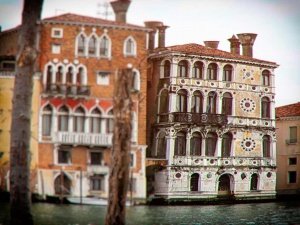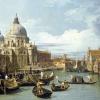
“If the man who paints only the tree, or the flower, or other surface he sees before him were an artist, the king of artists would be the photographer. It is for the artist to do something beyond this.”
James Abbott McNeill Whistler
James Abbott McNeill Whistler was a great and famous American painter, who became famous for works such as “Arrangement in Grey and Black No. 1” also known as “Whistler’s Mother”.

What the fewest people know, however, is his genius in the production of chalcographic engravings: Whistler has been one of the most inventive and influential engravers in history, making almost 500 engravings in five decades.
He approached engraving in 1857, at the age of 23, as a gifted and passionate young draughtsman, using the chalcographic technique to capture and reproduce quick sketches at the time when engraving was used as a mere reproductive technique.
From the 18th century onwards, in fact, the art print had become almost exclusively a means of reproducing works of art and portraits, going towards a real industrialisation.
At the end of the 19th century, with the birth and success of photography, engraving was able to free itself of its utilitarian function, thanks to artists such as Whistler, who rediscovered the vitality and autonomy that characterized it at the beginning.
In his first years of experimentation with this technique he worked outdoors, drawing on suitably prepared copper, and then proceeding to morsure in his room, travelling around Alsace-Lorraine and the Rhineland.
In 1859 he moved to London, where he produced views of the Thames, maintaining the purity of unadorned realism inspired by Japanese prints.
At that time he also began to rub the inks in an expressive way and to work using the technique of drypoint, preferring it to etching, for the production of portraits and figures.
From September 1879 Whistler moved to Venice to produce twelve etchings, commissioned by the Fine Arts Society of London, which expected the return of the artist after a stay of three months.
The artist instead stops in the city for fourteen months and produces fifty etchings, over a hundred pastels, reaching its creative peak.
The views of smaller canals, the entrances to palaces, the reflections dancing on the water and the dark evanescent landscapes represent places known by the locals, far from the tourist routes, just before Venice was sold to the masses
As a supporter of “Art for Art’s sake”, in the celebration of visual beauty, his production is an honest work that shows the most intimate spaces of Venice, showing the viewer the city through the eyes of a Venetian and helps to redraw the map of the city.
Etching gave Whistler the opportunity to combine the speed of execution, quickly drawing ideas on the plate, with the possibility of perfecting and developing them across multiple states, highlighting its complex aesthetics.
His work, with such an innovative approach, has not only attracted followers and imitators, but has also influenced the entire art world.
-
First Venice set -
Upright Venice
“I learned to know a Venice in Venice that the others never seem to have perceived…”
James Abbott McNeill Whistler
Sources
https://www.frasicelebri.it/frasi-di/james-mcneill-whistler/ https://it.wikipedia.org/wiki/James_Abbott_McNeill_Whistler
https://themitchellgallery.wordpress.com/2013/11/06/james-mcneill-whistler/
https://www.metmuseum.org/toah/hd/whet/hd_whet.htm
https://news.virginia.edu/content/museum-opens-printmaking-venice-exhibit-inspired-whistler-s-art
https://plumplumcreations.com/the-history-of-printmaking-part-2/













 Venice place names: Campi, Campielli, Corti
Venice place names: Campi, Campielli, Corti  Venice place names: Calle, Calle Larga, Salizada, Rio terà, Ramo, Sotoportego
Venice place names: Calle, Calle Larga, Salizada, Rio terà, Ramo, Sotoportego  The Venetian “Fondamenta”
The Venetian “Fondamenta”  2 years and still going strong: happy birthday Plum Plum Creations!
2 years and still going strong: happy birthday Plum Plum Creations!  The Bicentenary of Gallerie dell’Accademia – Canova, Hayez, Cicognara
The Bicentenary of Gallerie dell’Accademia – Canova, Hayez, Cicognara 